| |
|
|
Some of our research areas
|
|
| |
|
|
Nongenetic inheritance in ecology and evolution
Some nongenetic variation, including some effects of the environment, can be transmitted across generations, either maternally or paternally, with either positive or negative consequences for viability and fitness of descendants. Our goal is to understand the ecological and evolutionary role of such effects, collectively known as nongenetic inheritance. We use Australian insects (particularly the Australian neriid fly Telostylinus angusticollis), as well as standard model species (Drosophila melanogaster and Callosobruchus maculatus) in this work. Alongside our empirical work, we develop theory on the potential for nongenetic inheritance to influence evolution.
|
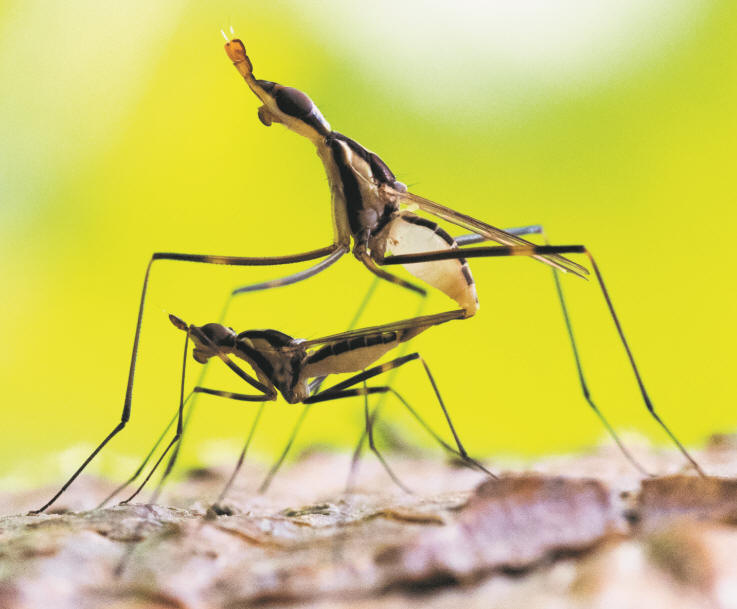 |
| |
|
|
Dietary ecology and developmental plasticity
Diet is a key environmental factor. Variation in early-life nutrition can affect development and influence many important traits, including lifespan, secondary sexual traits, and behaviour. We are investigating the ecological and evolutionary implications of such effects, as well as the physiological processes involved.
Nutrition during the adult stage can also have important effects on reproduction, longevity and fitness. Intriguingly, research on many species has shown that restricting intake of calories or protein can result in substantial extension of life, but many aspects of this famous dietary restriction effect remain poorly understood. We are especially interested in how the life-extending effects of dietary restriction are modulated by environmental context, and how such effects impact fitness in natural populations.
|
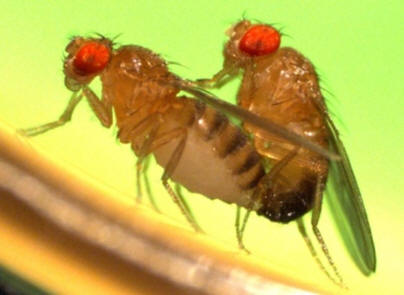 |
| |
|
|
Facultative parthenogenesis and the paradox of obligate sex
Sexual and asexual reproductive strategies both have costs and benefits, and a strategy that allows for flexible switching between sexual and asexual reproduction therefore appears to be optimal. But such reproductive flexibility is rare in animals. Recent theory developed by our lab and other groups suggests that sexual conflict could hold a key to this paradox.
The unusual reproductive flexibility of many stick-insects--known as facultative parthenogenesis--makes it possible to investigate the fitness consequences of both sexual and parthenogenetic reproductive modes within the same species. We are using the Peppermint Stick Insect Megacrania batesii, the Spiny-leaf Stick- Insect Extatosoma tiaratum, and other species, to investigate the ecological and evolutionary consequences of sexual and parthenogenetic reproduction, and the role of sexual conflict in the 'paradox of sex'.
|
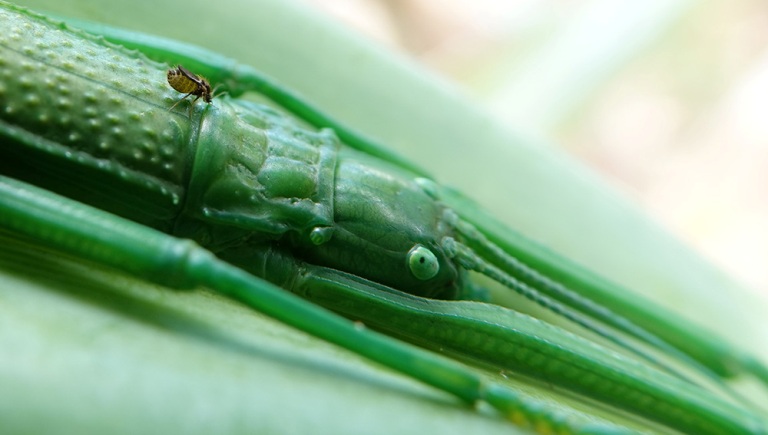 |
| |
|
|
Ageing
The rate and pattern of ageing (senescence) can be strongly affected by environmental factors such as nutrition, temperature, and social interactions. We use experimental approaches to explore such effects. We also carry out field studies to investigate how ageing differs between laboratory and wild populations.
In our research on ageing in the wild, we have taken advantage of the remarkable biology of antler flies (Protopiophila litigata). The strong site fidelity of these tiny insects makes it possible to collect longitudinal data in natural populations. This species has provided the first evidence of ageing in wild insects. Our work has also revealed that ageing can impose substantial fitness costs in wild insects, and can affect the strength of sexual selection.
|
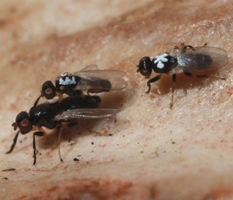 |
| |
|
|
Intriguingly, ageing also has a transgenerational dimension. Across many species, including humans, there is evidence that parental age at breeding can affect the longevity and fitness of offspring. However, the cellular and physiological mechanisms mediating such effects, and their ecological and evolutionary implications, remain poorly understood. We are using neriid flies and the asexual springtail Folsomia candida to investigate such effects.
|
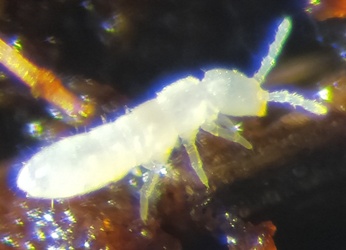 |
| |
|
|
Evolutionary ecology of Australian insects
Australia has an amazing diversity of native insects and spiders, but the ecology and evolution of most species remains completely unknown. In much of our empirical work, we take advantage of this diversity to address fundamental questions. For example, we work extensively with native Australian flies (Telostylinus sp.), and phasmids (stick insects such as Megacrania batesii and the leaf insect Phyllium monteithi).
We also study a unique Canadian insect, the antler fly (Protopiophila litigata).
Our work also has relevance for conservation of these fascinating and ecologically important animals. Very few arthropod populations are monitored, and we know very little about their vulnerability to anthropogenic factors like climate change, pollution, and habitat fragmentation. We use multi-year field studies to understand how individuals and populations are faring in the wild. We also carry out experiments in the lab to understand the impacts of ecologically relevant stressors.
Information on some of our study systems can be found here:
|
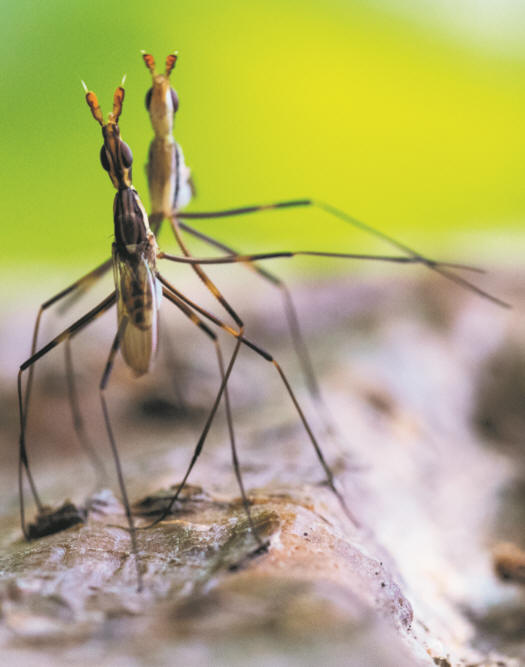 |
|